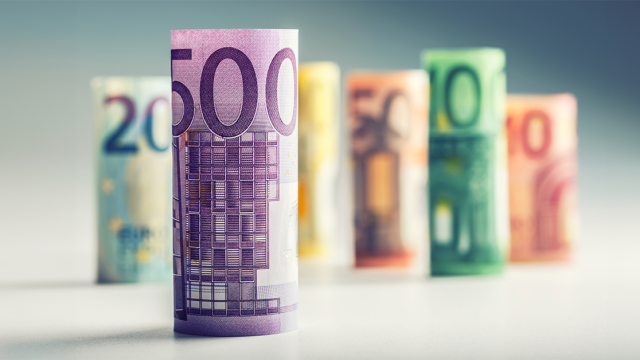Author’s note: This is the 1st article in a series we are running on digital currencies and their impact on cross-border payments. Sign up for our newsletter to get the next articles delivered directly to your inbox.
You might be in for a surprise if you think digital currencies and fiat currencies are competitors.
Many people believe digital currencies and cryptocurrencies may have the potential to be used as a replacement for currencies such as the US dollar, Euro or Yuan. But our financial future is unlikely to be an either-or situation between digital currencies and their fiat counterparts.
More people than ever are using digital currencies to buy goods and services. People want money they can use both today and in the future. Physical or digitally-stored money can be held in a bank in digital form, giving them infinite durability. But that is also true of digital ones. They may be new but they are lasting.
Consumers are slowly becoming more familiar and comfortable with digital currencies. According to the Cryptocurrency Payments Report by PYMNTS:
- 12% of consumers own one or more cryptocurrencies
- 60% of cryptocurrency holders purchased it solely to transact
- 51% of holders are more likely to pay merchants who accept such currencies
It is definitely an interesting time for alternative payment methods. One good example of the work done in this respect is Tranglo’s collaboration with Ripple. This partnership comes after the US enterprise crypto and blockchain giant announced the acquisition of Tranglo earlier this year, signalling the closing of the gap between fiat and digital currencies in the payments industry.
This partnership will see Tranglo play a critical role in supporting existing corridors on Ripple’s global financial network RippleNet, and expand the reach of RippleNet’s On-Demand Liquidity (ODL) service — which uses the digital asset XRP. Ripple’s investment in Tranglo is poised to introduce the benefits of XRP, a digital asset native to the XRP Ledger, to remittance businesses in the wider Asia Pacific region and beyond to speed up payments and eliminate the need for pre-funding that would otherwise lock in valuable working capital.
Another development in this arena is the rise of central bank digital currencies (CBDCs). For example, China has announced that it is launching the digital yuan, calling it the Digital Currency Electronic Payment (DCEP). China’s goal is to replace some of the cash in circulation with the digital yuan, as part of a plan it has been working on for the past 7 years.
China's moves come amid recent praise for digital currencies from the Bank of International Settlements (BIS). In a nutshell, BIS said CBDCs can improve cross-border payments and limit the risks of currency substitution.
All these positive signs point towards governments and regulators moving to an age where fiat currencies and digital currencies live side-by-side. And that’s an exciting future for faster and fairer payments for everyone.







